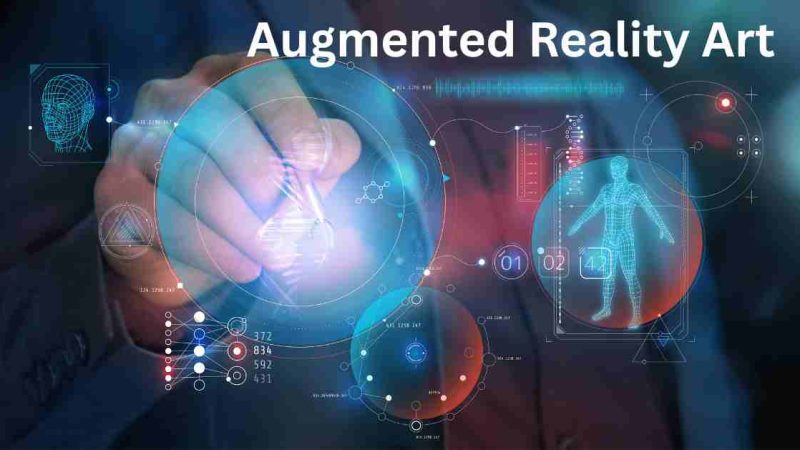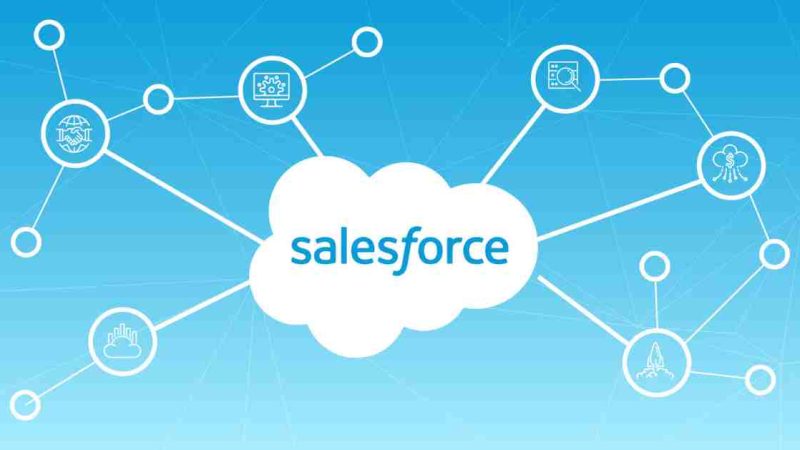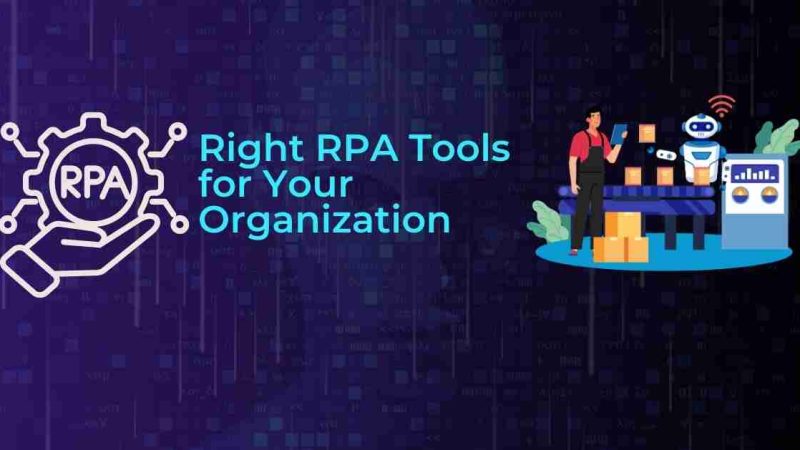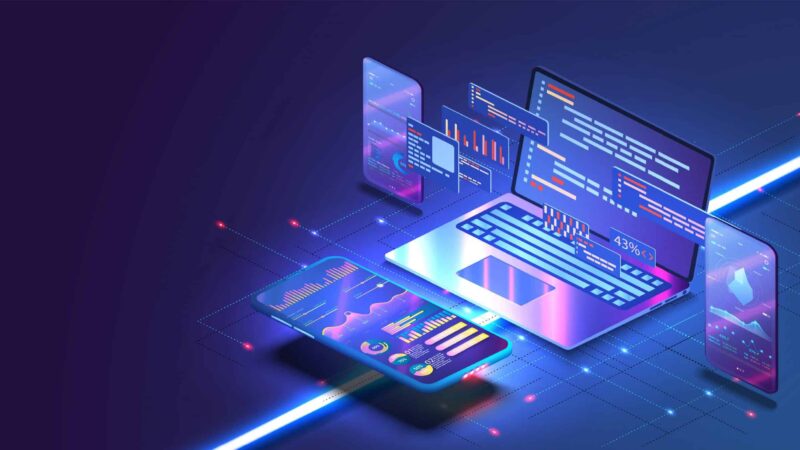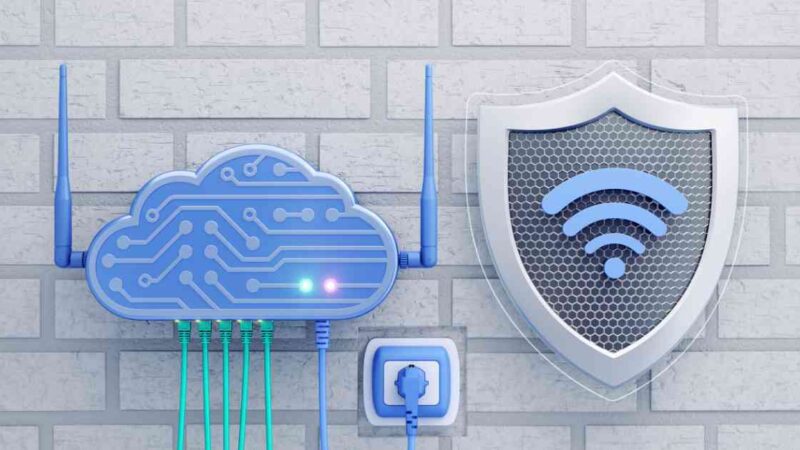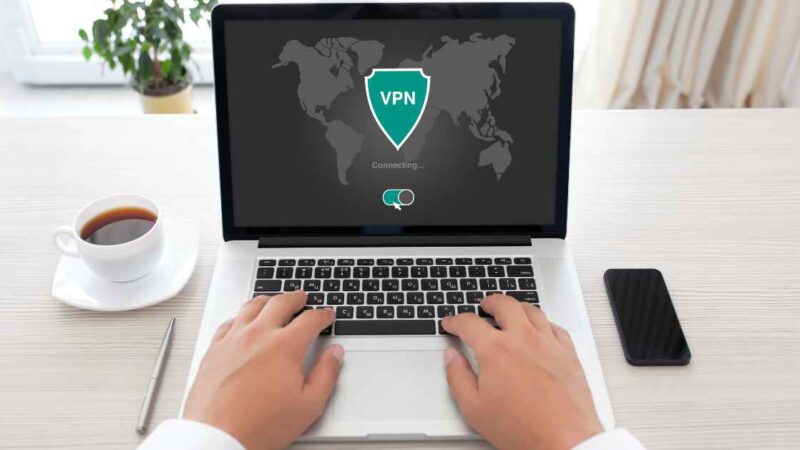3 Ways Software Has Shaped Healthcare

Technology has always shaped the healthcare industry. From the device that lets doctors listen to your heart without the need to press an ear to your chest to the magic machine that lets them look inside your body without cutting you open, technology in every century and in every decade has changed the game in the healthcare space.
The 21st century and the 2020s are no exception. Technology is redefining both how and how well healthcare is practiced. A wide range of technological advancements are driving these changes and improvements but, these days, the software is changing the game.
Software is the main technological driver pushing and pulling healthcare into the future. It is making healthcare easier, more efficient, more effective, and helping both doctors and patients create better outcomes for the people in the system.
The healthcare industry is using the software in an incredible number of ways in the 2020s. We will look at some of the biggest ways that software is currently putting its imprint on healthcare via the ways it is currently being used and will continue to be used in the next decade and beyond. Here are three ways software has shaped healthcare.
Software Killed Pen and Paper
The healthcare industry has always generated reams of paper. Patient care charts, consent forms, and medication records to keep are all part of standard record keeping. You have to keep all these pieces of paper updated and on-hand in the healthcare industry to ensure that patient care is done right and that the business of healthcare is taken care of as well. It is completely understandable and, until recently, completely unavoidable.
The software has changed all that. Software-driven healthcare management systems have created a world where everything that used to be on paper can now be held online, in the cloud. This has revolutionized the way healthcare institutions keep records and made all the information more physically secure, easier to access and share, and better updated.
What was once all kept on paper is now kept and managed by online software programs. Electronic health records (EHR) mean that patient information can be updated in real-time, giving medical professionals the best information available to help treat the patient. It also means the files can be protected better so that only authorized personnel can access them.
The business side of healthcare has benefited greatly from software taking over the traditional pen and paper systems. Insurance information can be updated and accessed quicker with software and billing can be done electronically through healthcare management systems. Even payments can be completed online making the whole accounting process easier to manage and much quicker.
The rise of software as a medical device
The software has long helped many medical devices do their jobs better, faster, and more efficiently. Software-driven medical devices have been employed in the healthcare industry for forty-plus years at this point but nowadays the software can actually be the medical device. Software as a medical device (SaMD) is a newer category in the healthcare industry that is changing how medical devices work and who has access to them.
According to Orthogonal, not all software in the healthcare space necessarily qualifies as SaMD.
It is often confused with software IN a medical device (SiMD) which helps medical devices function better and more effectively. The difference is that SaMD is the medical device itself. To be considered SaMD, the software must be able to provide benefits that a medical device would, independent of any other medical device.
SaMD technology is software run with non-medical devices such as computers, smartphones, tablets, or wearable technology. It offers the healthcare industry an incredible number of benefits that traditional, physical, large, expensive medical devices cannot. It makes medical devices more affordable and portable and helps connect doctors and patients remotely and in real-time.
The big win for patients with SaMD is that it puts professional-grade medical devices in the palm of professionals’ hands instead of having to rely on medical facilities to have access to this technology. This gives people more knowledge and ownership of their own healthcare which is beneficial to all involved. SaMD can also lessen the number of visits a person has to make to a facility, which is nearly always a good thing.
It has changed the way data is tracked and used
In addition to forests of paper and bulky medical devices, the healthcare industry has always and continues to produce an incredible amount of data. The software in the 21st century is broadening how healthcare staffers collect, track, and use this data, again to the benefit of all involved in the healthcare process.
One of the biggest ways software is transforming and modernizing the relationship between data and healthcare is through artificial intelligence (AI). AI refers to computers that use software programs that allow them to process huge amounts of data by using algorithms and advanced computer processing. The AI computers take this data and, with the help of software, use it to make decisions and learn, much as the human brain does.
AI computers are taking this data, processing it, and helping humans in the healthcare industry perform myriad tasks they weren’t previously able to do, or that were very time-consuming, or had a high potential for human error. AI helps the healthcare industry by doing things such as providing diagnoses or catching infinitesimal issues that aren’t visible to the human eye or perceptible to the human brain. It is an incredible step forward entirely driven by software.
Conclusion
Healthcare and technology have always been inextricably linked and will continue to be so in the future. Right now, as we enter the third decade of the 21st century, the software is the technology that may be shaping the industry the most. It has moved healthcare systems from pen and paper to digital, it is now used as a medical device on its own, thus allowing the industry to capture and effectively use more of the data healthcare generates. Software is the wave of the future and it is here now, making it one of the most important technologies in all of healthcare.

